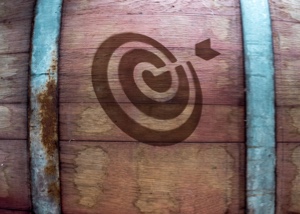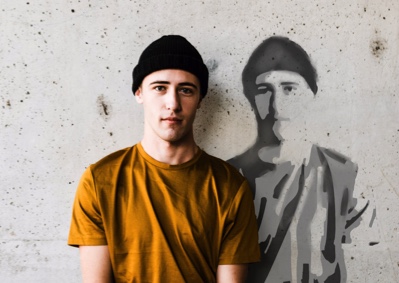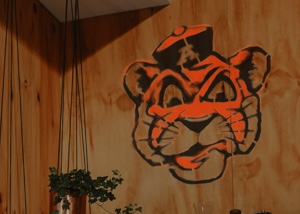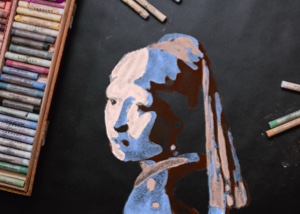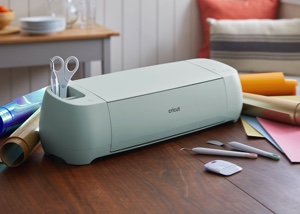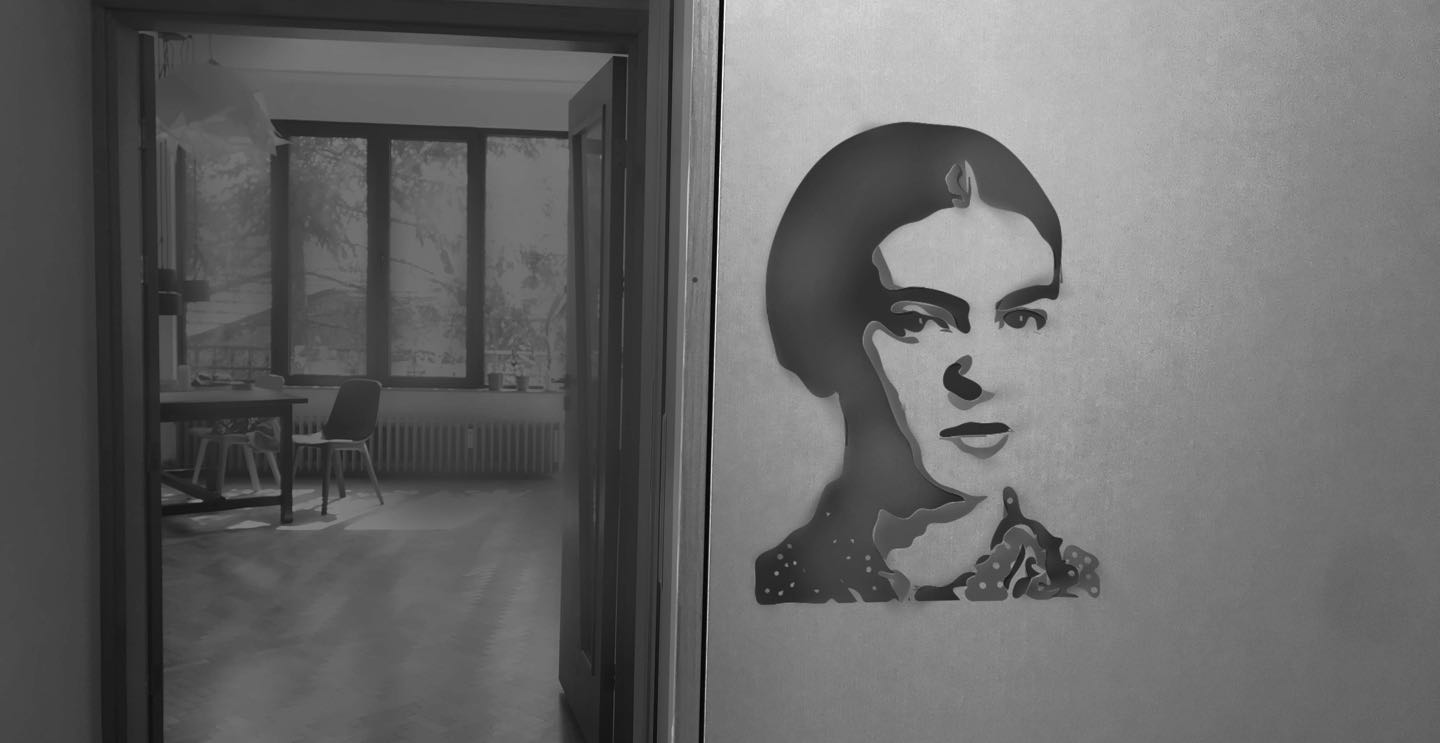



Custom Multi-LayerStencil from any Image
Finally, you can make a gorgeous intricate stencil with your Cricut or other cutting machine! No more freehand tracing! Or you can save time and money by having us cut and ship your stencil to you. Custom stencils as low as $20 + shipping.
